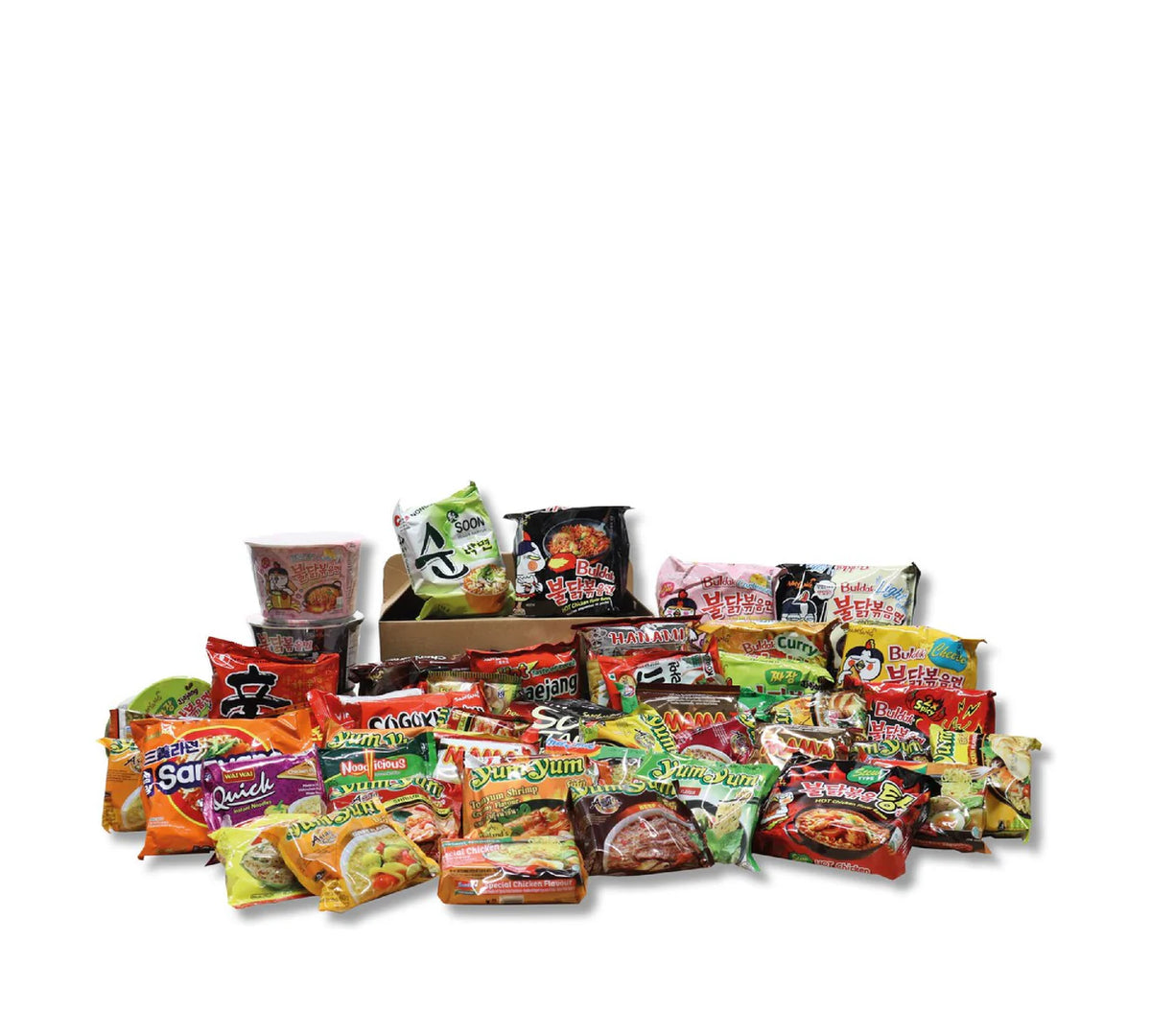 The Origin and Use of Gochujang in Korean Cuisine
The Origin and Use of Gochujang in Korean Cuisine
In the shadows of the majestic mountains and the serene rice fields of ancient Korea, a culinary tradition deeply rooted in the history and culture of the land emerged. One of the most iconic and versatile ingredients of this tradition is gochujang, a spicy red pepper paste that embodies the soul of Korean cuisine.
Origins and Development
The origin of gochujang dates back to the 16th century, during the Joseon Dynasty. Although chili peppers originally came from the American continent and were introduced to Asia via trade routes in the 16th century, Koreans embraced this new spice with open arms. The combination of fermented soybeans, glutinous rice flour, barley malt powder, and ground red peppers led to the creation of gochujang. This paste was then stored in earthenware pots and fermented for months, sometimes even years, in the open air. This slow fermentation process gave gochujang its characteristic deep, complex flavor and rich umami.
Usage in Korean Cuisine
Gochujang is not just a spicy addition; it is a versatile ingredient used in numerous dishes, giving them their distinctive taste.
-
Bibimbap: This iconic Korean rice dish consists of a bed of steamed rice topped with various vegetables, meat, and a fried egg, all mixed with a generous spoonful of gochujang. The spicy and sweet flavor of the paste harmoniously brings all the ingredients together.
-
Tteokbokki: A popular street food made of cylindrical rice cakes and fish cakes cooked in a spicy and sweet sauce made from gochujang. The paste gives this dish its characteristic red color and fiery taste.
-
Soups and Stews: Gochujang is often added to various soups and stews, such as doenjang jjigae and sundubu jjigae, to add a spicy and savory depth to the broth.
-
Marinades and Sauces: It is used as a base for marinades for meat and fish, such as bulgogi and dak galbi. The paste helps tenderize the meat and gives it a rich, spicy flavor.
-
Dip Sauces: Besides cooking, gochujang is often mixed with vinegar, sugar, and sesame oil to make a simple yet flavorful dipping sauce for vegetables, meat, and fish.
Gochujang in Modern Times
In modern Korean cuisine, gochujang remains an indispensable ingredient. It is not only beloved in Korea but has also gained international popularity, finding its way into kitchens worldwide. Today, it is readily available in supermarkets and is often used in fusion dishes, combining traditional flavors with modern culinary creations.
Gochujang is more than just a spice; it is a symbol of Korean culture and history, a reflection of the innovation and tradition that make Korean cuisine so unique. Through the centuries, it has retained its place as an essential element of Korean gastronomy, a flavorful link between the past and the present.




